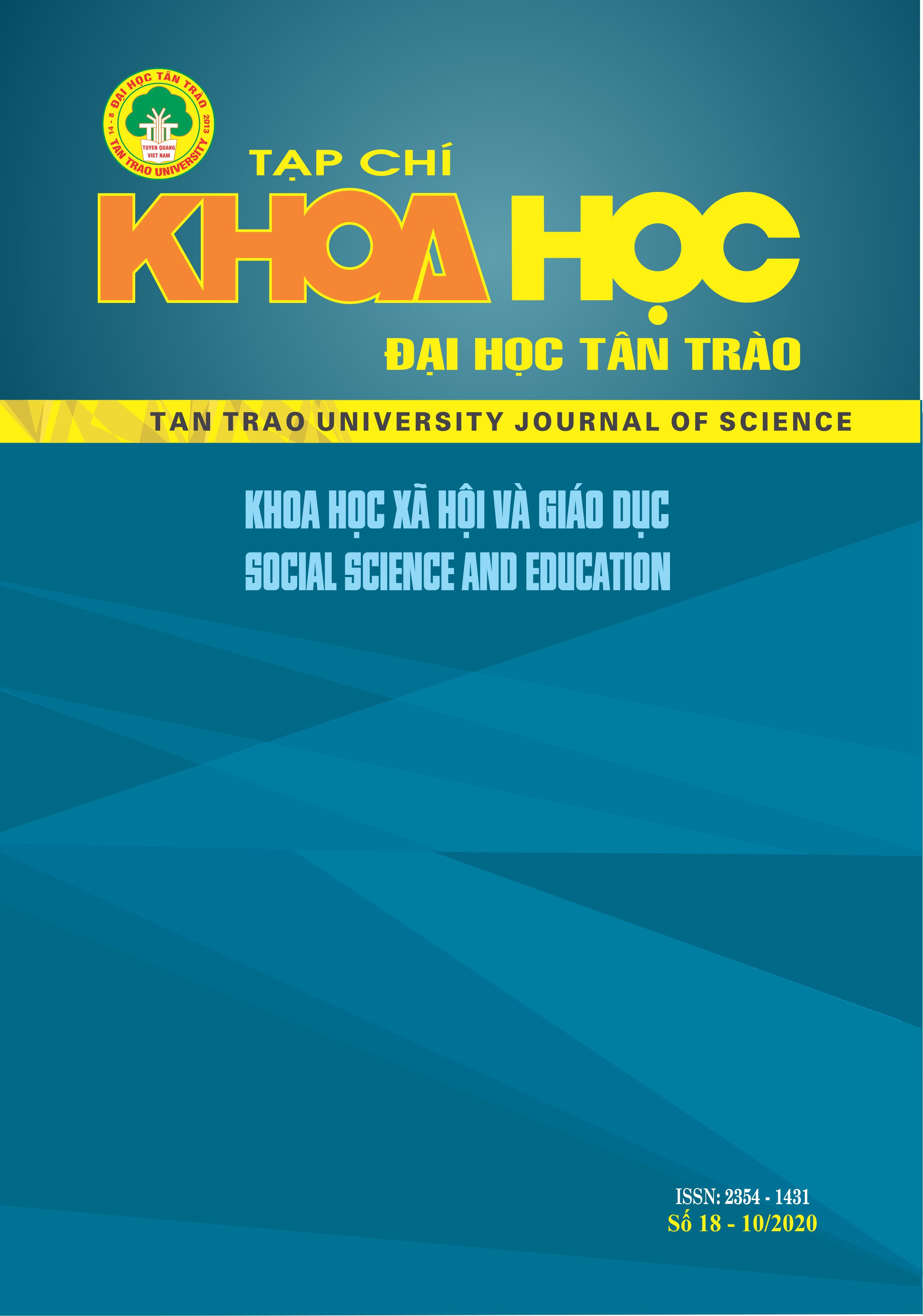THE INTERCHANGE OF VIETNAMESE CULTURE AND LAO PEOPLE IN SALAVAN PROVINCE (LAO PEOPLE’S DEMOCRATIC REPUBLIC)
DOI:
https://doi.org/10.51453/2354-1431/2020/396Keywords:
the influence, interchange of culture, Laos, Vietnam, Salavan province.Abstract
Salavan is a province in the South of Lao People’s Democratic Republic, It has a length of 80 km of border with Vietnam, therefore, besides indigenous residents, there are also many Vietnamese to live and work in Salavan. In the process of settling down in Salavan, the Vietnamese brought their traditional culture to Laos, at the same time, exchanging and learning about the cultural values of the Laotians. This cultural interchange has formed new cultural values, enriching the cultural treasures of Vietnamese as well as Lao residents in Salavan province. In this study, by the ethnographic fieldwork method, synthesis and comparison, we consider the influence and interchange of culture between Vietnam and Laos in some typical elements of physical and non-physical culture object.
Downloads
References
1. Chanmi Sithimanotham, Laotian Traditional Culture, Publishing House. Boom Laos, volume I, 1999.
2. Khampheng Thipmountaly, Vietnamese factor in the process of cultural exchange and contact in Laos, Lao National Institute for Ethnic and Religious Studies, Lao National Publishing House, 2009.
3. Salavan Demographic Public Security Division, "The Statistics of Foreigners in Salavan Province from 2007 to 2018", Archived at Salavan Provincial Security Headquarters, 2019.
4. Nguyen Quang, "Culture, cultural exchange and foreign language teaching", Journal of Science, Hanoi National University, No. 24 (2008), p. 69-85.
5. Nguyen Le Thi, "The pagoda of Vietnamese people in Laos", Journal of Southeast Asian Studies, No. 2 (2007).
6. Nguyen Duy Thieu, "The Vietnamese community in Laos lives and preserves its identity", Journal of Southeast Asian Studies, No. 2 (2007).
Downloads
Published
How to Cite
Issue
Section
License

This work is licensed under a Creative Commons Attribution-ShareAlike 4.0 International License.
All articles published in SJTTU are licensed under a Creative Commons Attribution-ShareAlike 4.0 International (CC BY-SA) license. This means anyone is free to copy, transform, or redistribute articles for any lawful purpose in any medium, provided they give appropriate attribution to the original author(s) and SJTTU, link to the license, indicate if changes were made, and redistribute any derivative work under the same license.
Copyright on articles is retained by the respective author(s), without restrictions. A non-exclusive license is granted to SJTTU to publish the article and identify itself as its original publisher, along with the commercial right to include the article in a hardcopy issue for sale to libraries and individuals.
Although the conditions of the CC BY-SA license don't apply to authors (as the copyright holder of your article, you have no restrictions on your rights), by submitting to SJTTU, authors recognize the rights of readers, and must grant any third party the right to use their article to the extent provided by the license.





